
Lacheev/iStock/Getty Images Plus via Getty Images
6 Best Inner Thigh Stretches, According to the Pros
Skipping inner thigh stretches? Here’s why you’ll want to start.
By Jennifer Heimlich•
What Causes Tight Inner Thighs?
The Benefits of Doing Inner Thigh Stretches
The Best Inner Thigh Stretches to Loosen Up Your Thighs
Inner Thigh Stretching and Flexibility Tips
Takeaway
For Peloton instructor Jon Hosking, the best day at the gym is definitely leg day. In particular, he loves focusing on inner thighs. “Strengthening the inner thighs is important to encourage good alignment when running, and especially for balance and dynamism when changing direction,” he says. Working the area is something he particularly focused on when he was playing soccer. “Now, I think about how the inner thighs contribute to my running power and economy,” he says.
That doesn’t just mean strengthening the muscles, however. Crucially, it also includes “keeping them nice and supple” with ample inner thigh stretches, Jon says.
But how can you best stretch these muscles? Honestly, most of us typically forget about them until they’re aching and crying out for some attention. If that’s you, here’s what you need to know to keep the inner thighs from getting so tight that it hurts just to sit down cross-legged on the floor.
What Causes Tight Inner Thighs?
The inner thigh muscles, officially known as our adductors, can get tight for “a multitude of reasons,” according to Tricia Ligon, a doctor of physical therapy in Memphis. Most often, however, you can blame the tightness on less-than-ideal movement patterns caused by a muscular imbalance. “If people are weak in their glutes or their hip flexors, they often will start to use those adductor muscles more than maybe they're realizing with certain activities,” she says. When this is the case, even day-to-day movements like walking can stress the area.
We also sometimes put so much focus on working our glutes and outer hips that we forget about the inner thighs. “It's easy for the adductors to get missed if you're not specifically targeting them,” Ligon says. This mistake can exacerbate imbalances that leave the adductor muscles tight and achy.
While anyone can end up with tight inner thighs, Ligon says they’re especially common among runners. She also sees the issue crop up often in cyclists as well.
The Benefits of Doing Inner Thigh Stretches
There are a few good reasons to give those adductors some love:
Injury Prevention
If you’re a runner or cyclist looking for endurance and longevity in your sport, you’ll want to be doing inner thigh stretches regularly. “Our inner thigh muscles are important for our single-leg stability,” Ligon says. With strong, mobile adductors, you’ll have the proper alignment and balance that’s essential for safely moving from foot to foot.
A Healthier Pelvic Floor
If you’re having pelvic floor issues, your inner thighs probably aren’t your first thought. But Ligon says that tightness in the adductors can indeed have an impact. “Those adductor muscles are attaching really close to where a lot of those pelvic floor muscles live,” she explains. “So a lot of times, those inner thigh muscles can be playing into issues with how the pelvic floor is contracting and functioning.”
A Stronger Core
Ligon explains that the adductors also play a role in our core strength by stabilizing the pelvis. If the inner thighs don’t have enough flexibility to lengthen the way they’re supposed to, our body will end up compensating and we won’t be able to access our full core strength.

Peloton App
Access thousands of classes with no equipment needed.
The Best Inner Thigh Stretches to Loosen Up Your Thighs
The inner thighs are something athletes can target both before and after workouts to keep them functioning optimally. Just remember that prior to getting sweaty, you’ll want to focus on dynamic stretches, and afterwards you can spend some time with static stretches.
Dynamic Inner Thigh Stretches
Dynamic stretches lengthen the muscles while moving through your range of motion and warming up the muscles to prime them for more intense movements. Ligon says this strategy is ideal for targeting the inner thighs in particular. “It's not just stretching, but activating that muscle while you're elongating it,” she says.
This strategy is especially beneficial for the adductors because you likely need to do more than just loosen them up. “There's a misconception that a tight muscle just needs to be stretched. And a lot of times, a tight muscle is a weak muscle,” she explains. “That tightness spurs from your body trying to get you to stop or slow down the activity that you're doing. So it creates this sense of tightness and discomfort as a warning sign.” That means the tissue isn’t simply short and needs to get longer, but it’s actually weak and needs to get stronger. An active, dynamic stretch can check off both boxes at once. Here are the best ones to try:
Cossak Squat
Ligon particularly likes the Cossak squat as a two-for-one move that works on inner thigh mobility and strength with one movement.
Stand with your legs wider than your shoulders.
Shift your weight into your left side as you bend that knee and bring your hips back and toward that ankle. Your right leg rotates up, and while keeping both heels on the floor, the right toes point up toward the ceiling.
Push through the left foot to straighten that leg and return to the starting position.
Repeat on the right side, alternating legs. Aim for three sets of 12 to 15 reps.
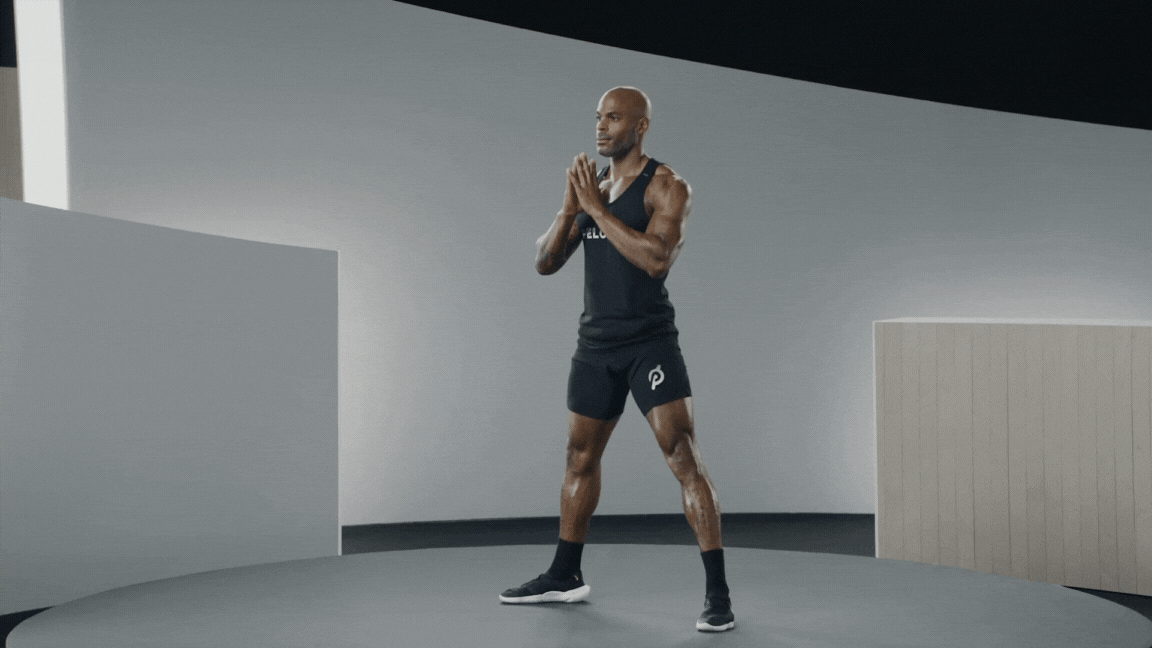
Sumo Squat
When you sink into a deep sumo squat, your adductors will simultaneously lengthen and activate to keep you stable.
Start in a wide stance with your heels placed wider than your hips, and your toes facing out.
Lower down into a squat until your hips, knees, and ankles all hit 90-degree angles. Keep your torso upright and your spine neutral.
Push through your feet to return to the starting position.
Repeat for three sets of about 12 to 15 reps
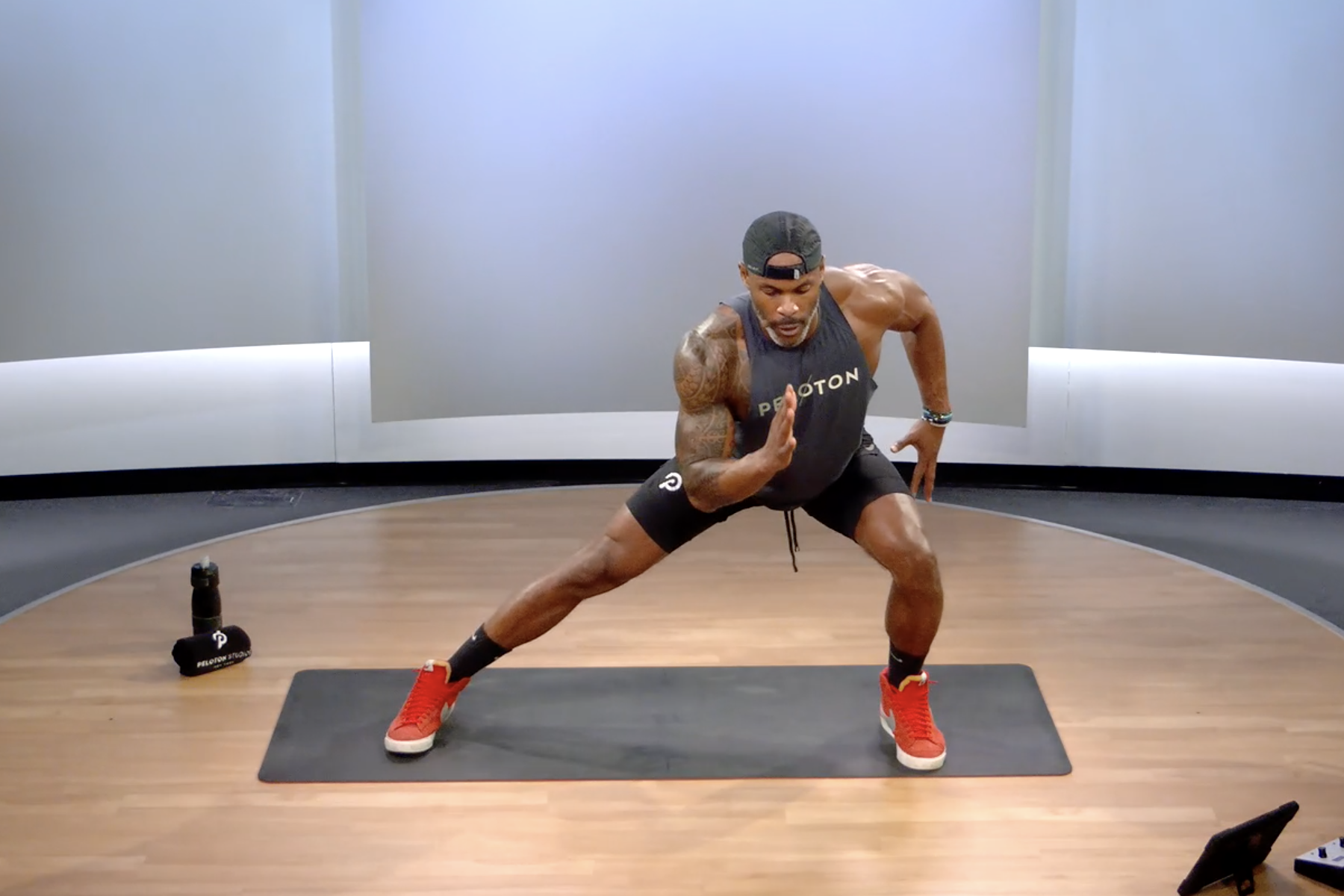
Lateral Lunges
Both Jon and Ligon recommend lateral lunges to target the inner thighs before a workout.
Start with your feet parallel, about hips-width distance apart.
Take a wide step out to the side with your left leg, bending the knee as you push your hips back as far as you can. Keep the right leg straight with that foot still on the ground.
Push through the left foot to return to the starting position.
Repeat for three sets of about 12 to 15 reps, being sure to hit both sides.
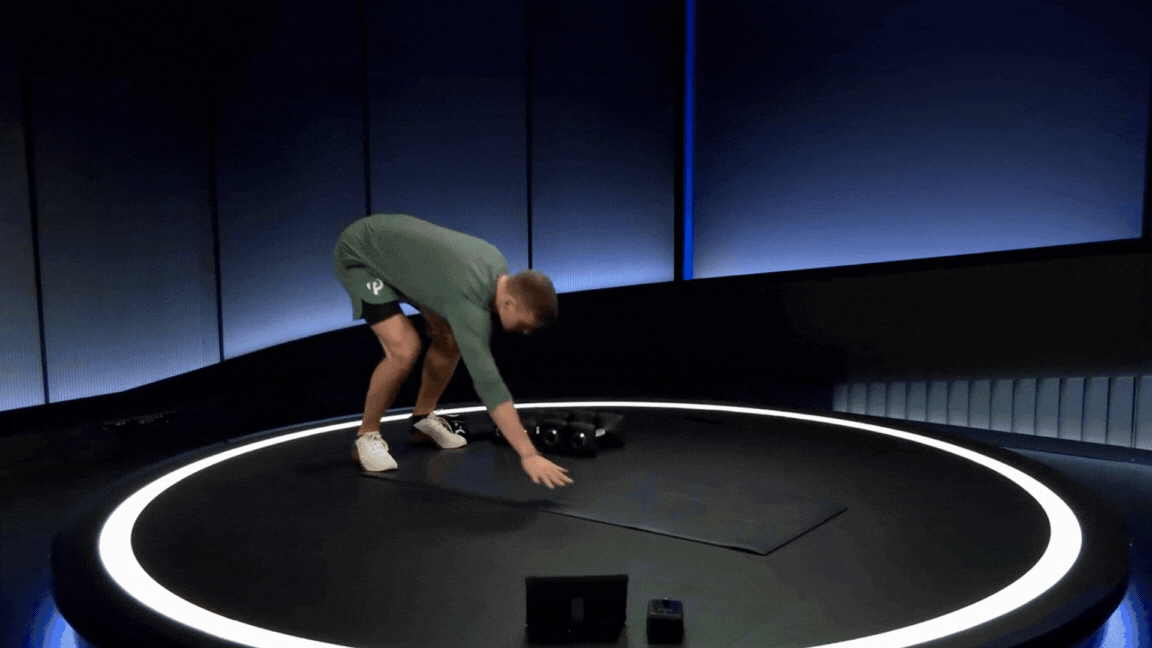
World’s Greatest Stretch
One of Jon’s go-to warmups is the world’s greatest stretch. Although there are many variations of this move, here’s the most straightforward version.
Start in a plank position with your hands directly underneath your shoulders, and your feet shoulder-width apart. (Or, you can put your knees down if you need to, creating one long line from your shoulders to your knees.)
Step your left foot forward just outside of the left hand, with that knee bent and the right leg remaining long behind you. Keep your torso as straight as possible.
Reach your left hand up toward the ceiling. Let your chest twist to the left and look at that left hand with your eyes, but try to keep your hips parallel to the ground.
Return your left hand to the floor, get back into plank position, then switch sides.
Static Inner Thigh Stretches
A good, long stretch can sometimes help tight inner thighs feel better in the moment. But keep your expectations in check, Ligon warns. “There's no harm in it, but in terms of creating long-term change, it's not going to do much,” she says. In order to actually lengthen the tissue, you need to stretch for about 10 to 20 minutes at a time, several times a week. Known as static stretching, this kind of work should always be done after a workout when the muscles are already warm and supple.
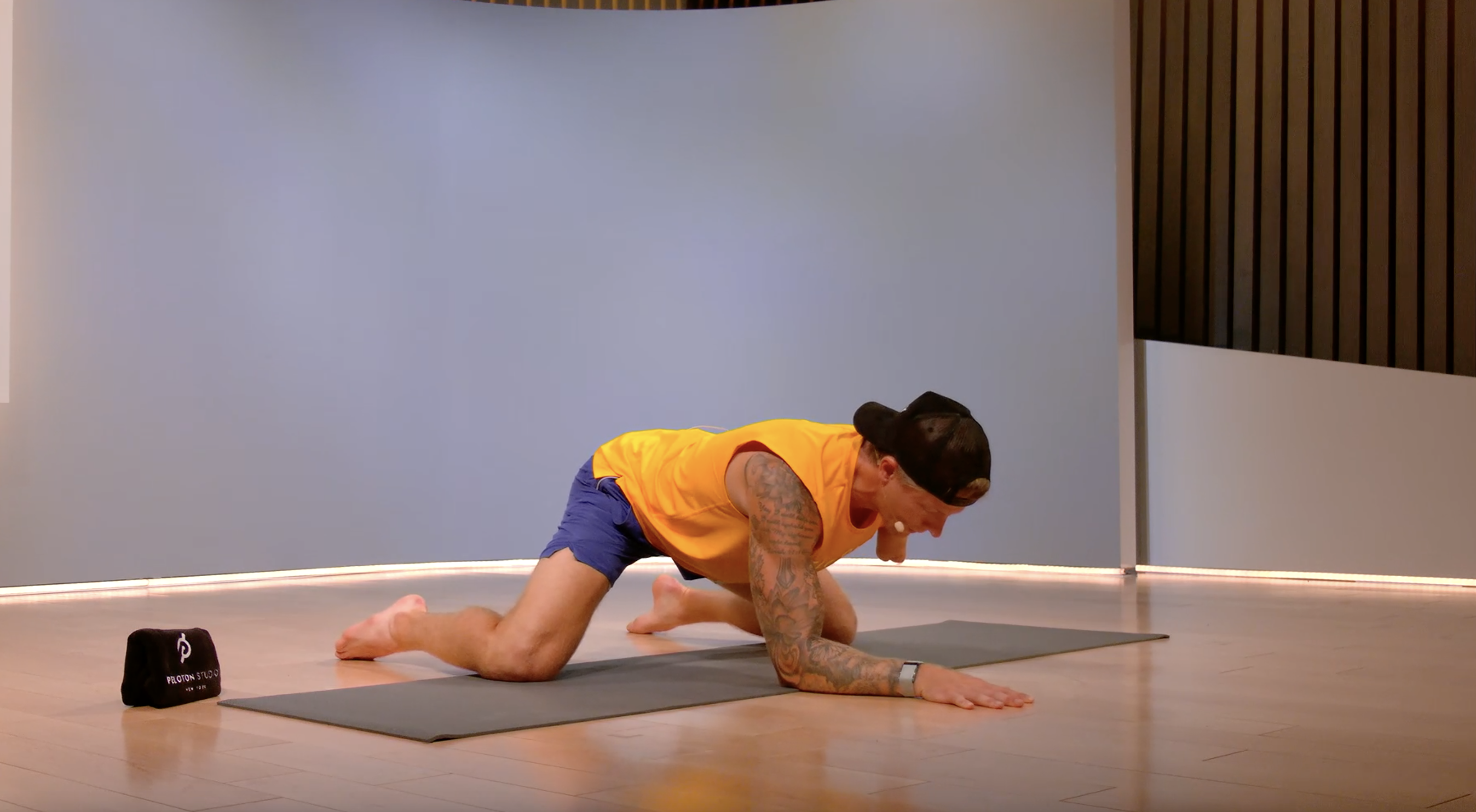
Frog Stretch
To really open up the groin and inner thighs, Jon has one go-to move: “Post-workout, I look no further than the frog stretch, slowly adding to the depth of that.”
Start in a tabletop position on your hands and knees.
Spread the knees out wide until you feel a stretch (but no pain) in the inner thighs.
Move your hands forward and press your chest down, gently pushing deeper into the stretch.
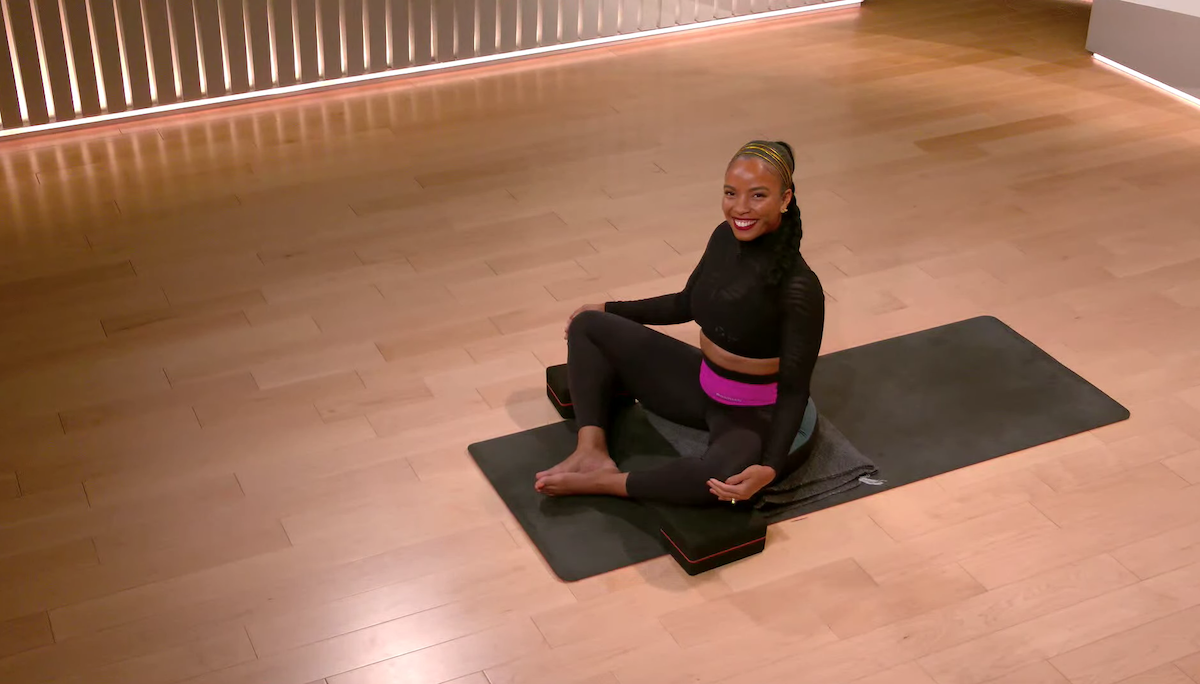
Butterfly Stretch
To target the adductors more gently, Ligon recommends the hip-opening butterfly stretch.
Sit on the floor with the soles of your feet together and your knees splayed out to either side.
Simply press the knees toward the floor, or lean the torso forward toward your feet for a deeper stretch.
Inner Thigh Stretching and Flexibility Tips
As tempting as it may be to yank your legs open wide to hit certain stretches, you’ll want to treat your adductors carefully to keep them healthy. Keep these tips in mind whenever you’re stretching your inner thighs.
Don’t Push Too Far
“Respect the available movement that you have,” Ligon says. “It can be really easy to try to reach too far, and you could end up straining the area.” Not only do you risk a tendon injury or a tear to the muscle itself, you’re undercutting the purpose of the stretch. “The movement itself becomes less effective because you start using other muscles,” Ligon explains.
Warm Up First
Get moving a bit before working on opening up your range of motion. “Always be warmed up before you go into a lot of mobility or static stretching work,” Dr. Ligon says. It doesn’t need to be extensive—maybe five minutes of easy jogging in place or jumping jacks. “Doing a little bit of cardio before you do these types of movements will make them more effective,” Ligon says.
Takeaway
Because we so often ignore them, the inner thighs can get incredibly tight without us even realizing it. But that’s a mistake you don’t want to make. Regularly performing inner thigh stretches and proper strengthening will keep these muscles supple and strong, so you can keep doing your favorite activities.

Peloton App
Access thousands of classes with no equipment needed.
This content is for informational and educational purposes only and does not constitute individualized advice. It is not intended to replace professional medical evaluation, diagnosis, or treatment. Seek the advice of your physician for questions you may have regarding your health or a medical condition. If you are having a medical emergency, call your physician or 911 immediately.
This content is for informational and educational purposes only and does not constitute individualized advice. It is not intended to replace professional medical evaluation, diagnosis, or treatment. Seek the advice of your physician for questions you may have regarding your health or a medical condition. If you are having a medical emergency, call your physician or 911 immediately.
Level up your inbox.
Subscribe for a weekly dose of fitness, plus the latest promos, launches, and events.
By providing your email address, you agree to receive marketing communications from Peloton.
For more about how we use your information, see our Privacy Policy.






